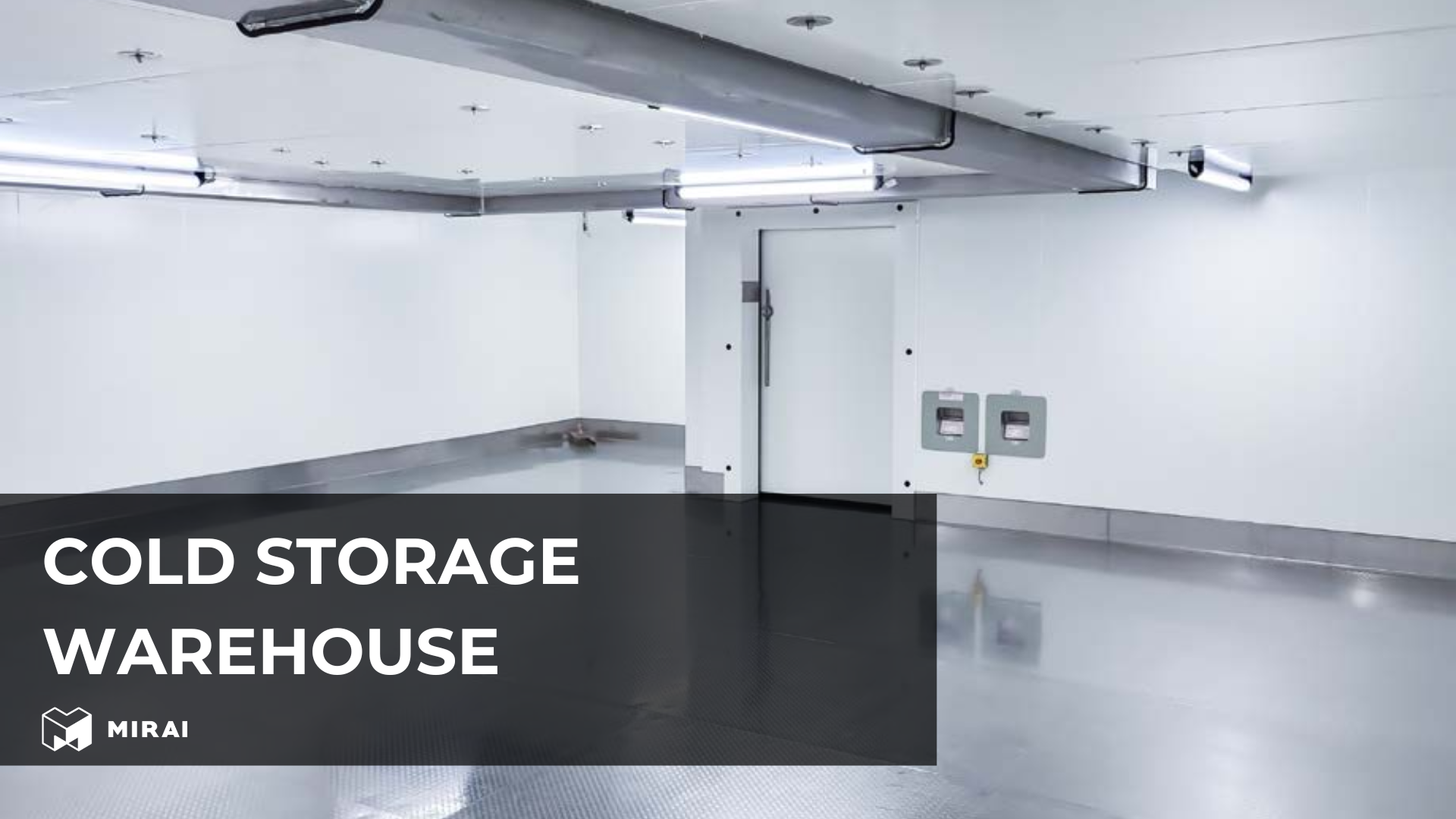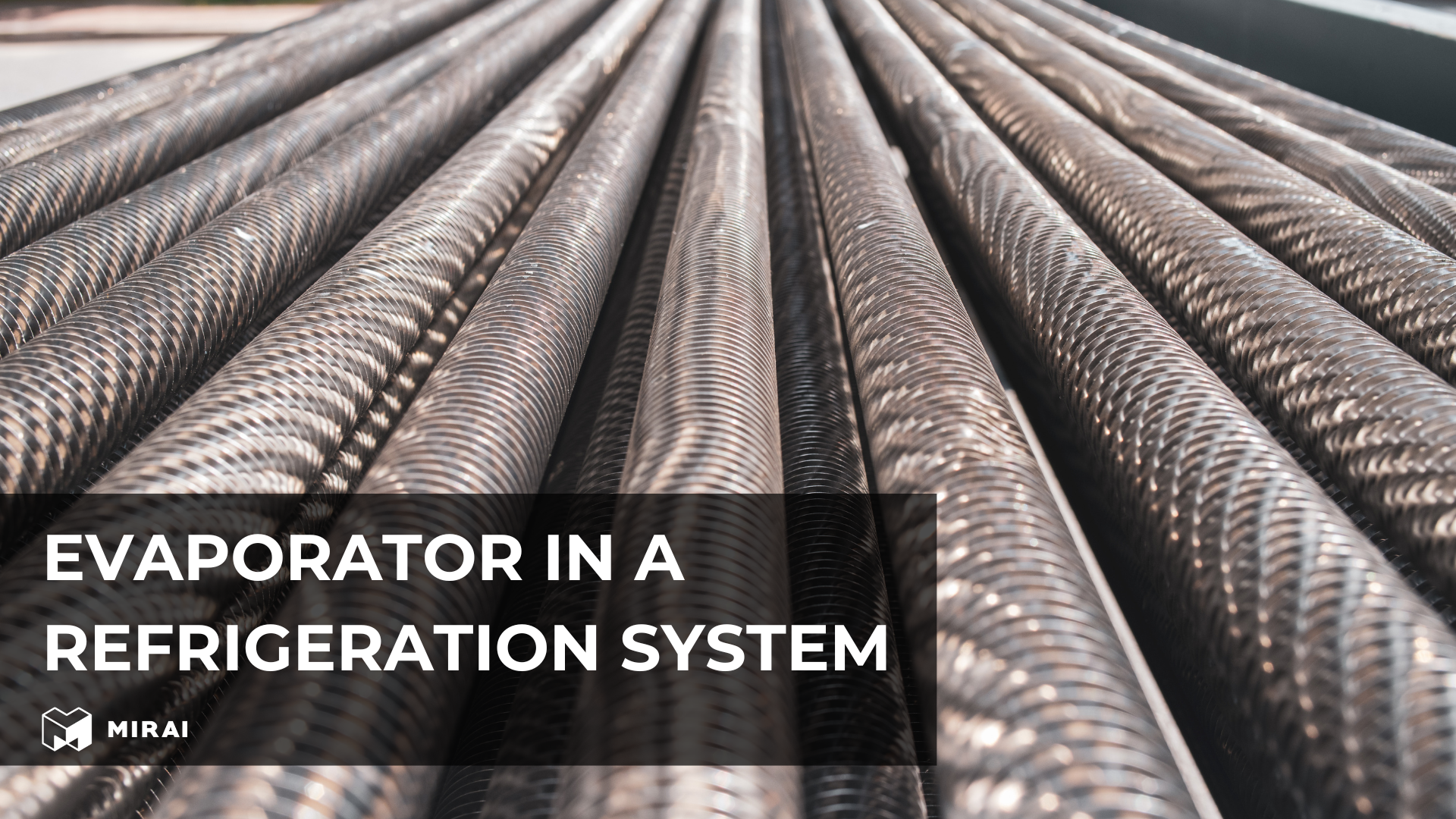Freezing of food

Brief History and Importance of Food Freezing in the Modern World
The practice of freezing food has transformed the way we preserve, store, and consume our daily meals. From the ancient times when people used ice and snow to keep food cool, to the invention of mechanical refrigeration in the 19th century, the journey of food freezing has been revolutionary. Clarence Birdseye's development of the quick-freezing process in the 1920s further catapulted the freezing of food from a simple preservation method to an industry standard. This advancement enabled the locking in of nutrition and taste, extending the shelf life of products significantly and making seasonal foods available year-round. Today, freezing is crucial not just for home kitchens but also across the commercial food industry, ensuring quality, safety, and convenience in food consumption worldwide.
Principle of Action and Effect of Freezing on Food Structure
Freezing food slows down the decay process by turning residual moisture into ice, inhibiting the growth of microorganisms that cause food spoilage. The key to effective freezing lies in the temperature and time of the process, as rapid freezing contributes to the formation of smaller ice crystals, minimizing damage to cell walls and maintaining food quality and texture. Conversely, slow freezing produces larger crystals, which can puncture cells and lead to undesirable changes in texture and increased dehydration. By controlling these elements, freezing helps in preserving the nutrition, color, and flavor of food, making it a superior method of food preservation.
Food Preparation
Preparing food for freezing is crucial to maintain its quality and safety. The process often involves pre-cooling, blanching to deactivate enzymes that degrade quality over time, and chilling. These steps ensure that foods like vegetables and fruits retain their nutritional value, texture, and flavor after thawing. Proper preparation coupled with suitable packaging reduces the risk of freezer burn, a form of dehydration caused by improper packaging or overextended storage times.
Freezing Methods
Domestic Freezing
At home, freezing food involves using standard kitchen freezers. The technique is straightforward: food is packaged, labeled with the freezing date, and stored at a consistent temperature. This method is suitable for everyday use, offering convenience and extending the shelf life of perishables. Home freezing is a practical approach to food preservation, allowing individuals to store seasonal produce and cooked meals for extended periods, which can help reduce food waste and save money on groceries.
Shock Freezing
Shock freezing, or flash freezing, rapidly brings food to extremely low temperatures, forming small ice crystals and preserving food quality more effectively than traditional freezing methods. This technique is often used in commercial settings but is becoming more accessible for home use with specialized equipment. Shock freezing is advantageous because the smaller ice crystals cause less damage to the cellular structure of food, which maintains texture and flavor better upon thawing.
Industrial Freezing
Industrial freezing caters to the commercial market, utilizing advanced technologies like blast freezers, liquid nitrogen freezing, and cryogenic freezing. These methods allow for large-scale food processing, maintaining the highest standards of food safety, quality, and nutrition. Industrial freezing is crucial for the food industry as it ensures the rapid freezing of products, which is essential for preserving the freshness and quality of food items being shipped and sold on a large scale.
Storage of Frozen Food
Proper storage involves managing timing and defrosting processes to maximize food quality and safety. Frozen food should be stored at consistent temperatures to prevent thawing and refreezing, which can degrade food quality. Defrosting should be managed carefully, ideally in the refrigerator to minimize the risk of microbial growth. Organizing the freezer to ensure an efficient rotation of items and using vacuum-sealed packaging can further enhance the longevity and quality of stored food.
Equipment
Innovations in freezing technology have introduced a range of equipment and appliances designed to improve the efficiency and effectiveness of food freezing.
MIRAI Intex, a leader in sustainable refrigeration technology, offers a range of products tailored for industrial use. One of the main qualities and advantages of Mirai machines is their reliability and ease of use. Mirai has extensive experience in storage and freezing applications. When it comes to food preservation and freezing, the use of fully eco-friendly and safe refrigeration is very important. Mirai machines run on air as a refrigerant, making them the most environmentally friendly machines on the market and showing greater energy efficiency.
Industry Prospects
The future of the food freezing industry looks promising, driven by advances in technology, equipment, and an increasing focus on nutrition and food safety. Innovations in packaging, along with improvements in freezing techniques and equipment, are set to enhance the quality and convenience of frozen foods. As consumer preferences continue to evolve, the industry is poised for growth, with a focus on sustainability, efficiency, and meeting the global demand for safe, high-quality frozen foods. Efforts to reduce energy consumption and the use of environmentally friendly refrigerants are also shaping the future of food freezing, aligning with global sustainability goals and consumer expectations for eco-friendly practices.
In conclusion, the science and technology behind the freezing of food have come a long way since its inception. The method’s ability to preserve food without compromising on nutrition, taste, or safety has made it an indispensable part of the food industry. As we move forward, the continuous improvement in techniques, processes, and equipment will undoubtedly serve to enhance the benefits of food freezing, making it an even more vital component of modern food preservation. The integration of smart technologies and automation in freezing processes is also expected to revolutionize the industry, providing more precise control over freezing parameters and thus improving the overall quality of frozen products. This ongoing evolution ensures that food freezing remains at the forefront of food preservation technologies, continually adapting to the changing needs of consumers and the global market.

